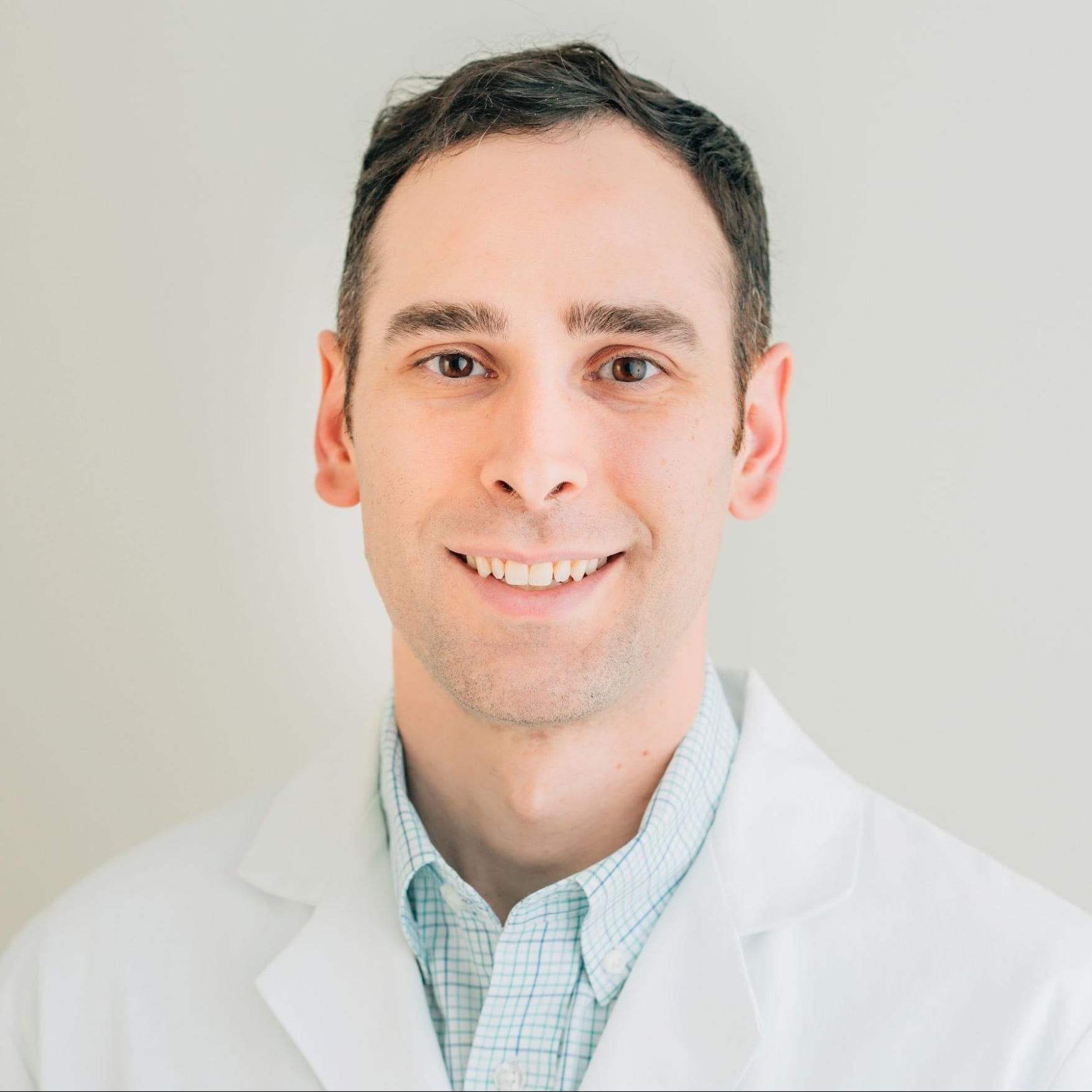Content
Regrow hair in as few as 3-6 months
How to Get Finasteride: Is It Over the Counter?

Finasteride (commonly sold under the brand name Propecia® or Proscar®) is a 5 alpha-reductase inhibitor. It’s been widely used to treat male pattern hair loss and promote new hair growth. But can you get it over the counter?
If you’re trying to buy finasteride at your local drug store, you’ll need a prescription. And getting it from somewhere else — an online shop or foreign pharmacy — may increase your risk of side effects and other dangers.
While finasteride is a safe and effective hair loss treatment, you have to understand the risks of unsafe medication or using it to treat hair loss without a prescription, which include the common side effects of finasteride.
Below, we’ve covered how to get each dose of finasteride safely, where to start your search, and what other treatments you may want to consider.
Content
Unfortunately, finasteride is not available over the counter in the U.S. It’s only available with a prescription.
However, it is very easy and inexpensive to get a prescription — you don’t even have to deal with a waiting room.
With online consultations available with healthcare professionals, you can get prescription drugs quickly from the comfort of your own living room.
Find out how long it takes finasteride to start working and learn about finasteride results in our excellent guides.
Extensive research proves that finasteride (reminder: that’s the active ingredient in Propecia and Proscar) is effective at treating androgenic alopecia, so it’s a solid pick among hair loss treatments.
In a 1999 clinical study, patients given 1 milligram of oral finasteride daily had a noticeable increase in hair growth. Forty-eight percent of participants taking finasteride had an increase at one year, and 66 percent noticed an improvement at two years, compared to just 7 percent of those given a placebo.
Finasteride helps block the conversion of testosterone to dihydrotestosterone (DHT) — an androgen responsible for male pattern hair loss, or androgenetic alopecia. DHT can shrink hair follicles and, over time, cause hair thinning.
Finasteride is also effective in treating benign prostatic hyperplasia (BPH) — a condition often referred to as enlarged prostate. BPH is sometimes associated with problems related to erectile dysfunction, ejaculation, prostate cancer, and changes in sex drive.
Using it against medical advice, however, can increase your risk of potential side effects, as is the case with most prescription treatment options.
How to Get a Finasteride Prescription
Since finasteride requires a prescription, you’ll need to see a healthcare provider. But don’t worry — this process isn’t complicated or expensive.
During a consultation, your healthcare provider might ask you questions like:
Where are you experiencing hair thinning?
How long have you been dealing with hair thinning?
Have you tried any other hair loss treatments?
If you’re starting to see the signs of male pattern baldness (like a receding hairline or overall thinning) and want to take finasteride, there are a few options for getting a prescription:
Make a visit with your primary doctor. If you don’t mind an in-person appointment, visit your primary care physician (PCP) or healthcare provider. They can speak with you about your hair and scalp issues and, if appropriate, write a prescription for finasteride.
See a dermatologist. Take it a step further and see a specialist. Dermatologists specialize in skin, nails and hair, including conditions like male pattern baldness. A dermatologist may even have experience in very specific disorders of the hair and scalp. They’ll be able to prescribe finasteride or recommend a combination of hair loss treatments to best help regrow your hair based on your specific hair conditions.
Try an online consultation. Thanks to telehealth, it doesn’t matter if you live in a remote area or hate going to in-person appointments. Hims offers finasteride online, following a consultation with a healthcare provider.
If prescribed, finasteride will be delivered to your home address in discreet packaging. Your healthcare provider may also determine if combining another hair loss treatment could be helpful (more on that below).
This option is a quick, convenient way to purchase finasteride if you’d prefer not to make an in-person appointment.
more hair... there's a pill for that
While you need a prescription to get finasteride, you can couple it with other effective over-the-counter hair loss treatments for stacking benefits. Talk to your healthcare provider about stacking the following options when you use finasteride:
Minoxidil
Minoxidil is the gold standard for treating hair loss. It helps improve blood flow to the scalp to stimulate hair growth. This medication has been used for decades to treat various hair loss types, including androgenic alopecia, alopecia areata, and telogen effluvium. It’s easy to apply, FDA-approved, and available over the counter.
Minoxidil is available in a few forms:
Minoxidil foam. This 5% strength foam has been shown to significantly improve hair regrowth in various studies.
Minoxidil solution. These 2% drops make it easy to target thinning patches or a widening part.
Topical finasteride and minoxidil spray. A two-in-one spray, this prescription medication combines finasteride with ultra-popular minoxidil. Research shows minoxidil and finasteride work well together to stop hair loss caused by male pattern baldness. A 2020 systematic review found that the medications were more effective when used together than separately.
Will you join thousands of happy customers?
4.5 average rating
Thickening Shampoo and Conditioners
Using certain haircare products in the shower could also help. We’re talking:
Volumizing shampoo and conditioner. Sometimes, hair can look flat because of oils that weigh strands down. Up your body and volume with a volumizing shampoo and conditioner for extra thickness and lift.
Thickening shampoo with saw palmetto. A botanical extract from the palm berry plant, saw palmetto has antiandrogenic properties that may help reduce hair loss. Though it may not be a cure for hair loss, it might be helpful to add a thickening shampoo (or other haircare products infused with saw palmetto) to your routine.
Biotin
A nutritional deficiency can influence the health of your hair. Biotin is a popular supplement linked to healthy hair and nails, but it’s typically only helpful if you’re not getting enough of it through your diet.
Rounding out your diet with biotin gummies might help your hair issues, but you should talk to your healthcare provider to find the right supplement for your needs.
Hair loss treatments, delivered
While finasteride isn’t currently available over the counter in the United States, it’s easy to get a prescription if you’re dealing with male pattern hair loss.
Here are the key things to remember:
Seek help sooner than later. If you’re seeing signs of thinning, don’t wait to make an appointment or get treatment. The sooner you come up with a game plan, the better hair regrowth results you can expect to see.
Make an appointment. Schedule an appointment with your local healthcare provider or dermatologist, or talk to a licensed healthcare provider online. They will identify the type of hair loss you’re experiencing, which can help in better targeting the right treatment.
Combine your options. You may want to couple other proven hair loss treatments with finasteride to maximize their benefits. Try minoxidil, hair loss prevention shampoo, or biotin — all of which can be purchased over the counter.
Our guide to male pattern baldness explains how and why male hair loss happens, as well as what science-based treatments are available to help slow down, stop, or reverse hair loss.
Still unsure about getting a finasteride prescription? Read our article about when to start taking finasteride.
If you’re ready to make the next move, start a hair consultation with a healthcare provider today.
5 Sources
- Badri T, et. al. (2023). Minoxidil. https://www.ncbi.nlm.nih.gov/books/NBK482378/
- Chen L, et. al. (2020).The Efficacy and Safety of Finasteride Combined with Topical Minoxidil for Androgenetic Alopecia: A Systematic Review and Meta-analysis. https://link.springer.com/article/10.1007/s00266-020-01621-5
- Hu R, et. al. (2015). Combined treatment with oral finasteride and topical minoxidil in male androgenetic alopecia: a randomized and comparative study in Chinese patients. https://onlinelibrary.wiley.com/doi/abs/10.1111/dth.12246.
- Katta R, et al. (2017). Diet and hair loss: effects of nutrient deficiency and supplement use. https://www.ncbi.nlm.nih.gov/pmc/articles/PMC5315033/
- McClellan KJ et al. (1999). Finasteride. https://link.springer.com/article/10.2165/00003495-199957010-00014
Editorial Standards
Hims & Hers has strict sourcing guidelines to ensure our content is accurate and current. We rely on peer-reviewed studies, academic research institutions, and medical associations. We strive to use primary sources and refrain from using tertiary references. See a mistake? Let us know at blog@forhims.com!
This article is for informational purposes only and does not constitute medical advice. The information contained herein is not a substitute for and should never be relied upon for professional medical advice. Always talk to your doctor about the risks and benefits of any treatment. Learn more about our editorial standards here.
Knox Beasley, MD
Dr. Knox Beasley is a board certified dermatologist specializing in hair loss. He completed his undergraduate studies at the United States Military Academy at West Point, NY, and subsequently attended medical school at Tulane University School of Medicine in New Orleans, LA.
Dr. Beasley first began doing telemedicine during his dermatology residency in 2013 with the military, helping to diagnose dermatologic conditions in soldiers all over the world.
Dr. Beasley is board certified by the American Board of Dermatology, and is a Fellow of the American Academy of Dermatology.
Originally from Nashville, TN, Dr. Beasley currently lives in North Carolina and enjoys spending time outdoors (with sunscreen of course) with his wife and two children in his spare time.
Education
Bachelor of Science, Life Sciences. United States Military Academy.
Doctor of Medicine. Tulane University School of Medicine
Training
Dermatology Residency. San Antonio Uniformed Services Health Education Consortium
Certifications
Board Certified. American Board of Dermatology
Publications
Wilson, L. M., Beasley, K. J., Sorrells, T. C., & Johnson, V. V. (2017). Congenital neurocristic cutaneous hamartoma with poliosis: A case report. Journal of cutaneous pathology, 44(11), 974–977. https://onlinelibrary.wiley.com/doi/10.1111/cup.13027
Banta, J., Beasley, K., Kobayashi, T., & Rohena, L. (2016). Encephalocraniocutaneous lipomatosis (Haberland syndrome): A mild case with bilateral cutaneous and ocular involvement. JAAD case reports, 2(2), 150–152. https://www.ncbi.nlm.nih.gov/pmc/articles/PMC4867906/
Patterson, A. T., Beasley, K. J., & Kobayashi, T. T. (2016). Fibroelastolytic papulosis: histopathologic confirmation of disease spectrum variants in a single case. Journal of cutaneous pathology, 43(2), 142–147. https://onlinelibrary.wiley.com/doi/10.1111/cup.12569
Beasley, K., Panach, K., & Dominguez, A. R. (2016). Disseminated Candida tropicalis presenting with Ecthyma-Gangrenosum-like Lesions. Dermatology online journal, 22(1), 13030/qt7vg4n68j. https://pubmed.ncbi.nlm.nih.gov/26990472/
Kimes, K., Beasley, K., & Dalton, S. R. (2015). Eruptive milia and comedones during treatment with dovitinib. Dermatology online journal, 21(9), 13030/qt8kw141mb. https://pubmed.ncbi.nlm.nih.gov/26437285/
Miladi, A., Thomas, B. C., Beasley, K., & Meyerle, J. (2015). Angioimmunoblastic t-cell lymphoma presenting as purpura fulminans. Cutis, 95(2), 113–115. https://pubmed.ncbi.nlm.nih.gov/25750965/
Beasley K, Dai JM, Brown P, Lenz B, Hivnor CM. (2013). Ablative Fractional Versus Nonablative Fractional Lasers – Where Are We and How Do We Compare Differing Products?. Curr Dermatol Rep, 2, 135–143. https://idp.springer.com/authorize?response_type=cookie&client_id=springerlink&redirect_uri=https%3A%2F%2Flink.springer.com%2Farticle%2F10.1007%2Fs13671-013-0043-0
Siami P, Beasley K, Woolen S, Zahn J. (2012). A retrospective study evaluating the efficacy and tolerability of intra-abdominal once-yearly histrelin acetate subcutaneous implant in patients with advanced prostate cancer. UroToday Int J, June 5(3), art 26. https://www.urotoday.com/volume-5-2012/vol-5-issue-3/51132-a-retrospective-study-evaluating-the-efficacy-and-tolerability-of-intra-abdominal-once-yearly-histrelin-acetate-subcutaneous-implants-in-patients-with-advanced-prostate-cancer.html
Siami P, Beasley K. (2012). Dutasteride with As-Needed Tamsulosin in Men at Risk of Benign Prostate Hypertrophy Progression. UroToday Int J, Feb 5(1), art 93. https://www.urotoday.com/volume-5-2012/vol-5-issue-1/48691-dutasteride-with-as-needed-tamsulosin-in-men-at-risk-of-benign-prostatic-hypertrophy-progression.html





